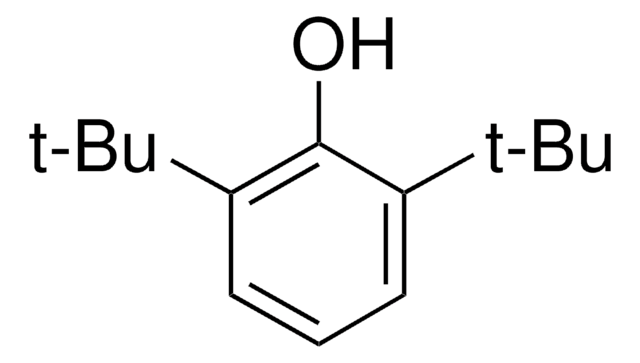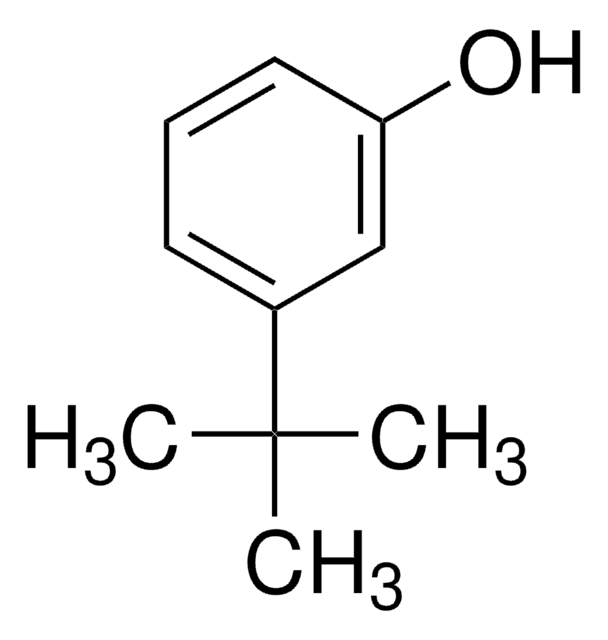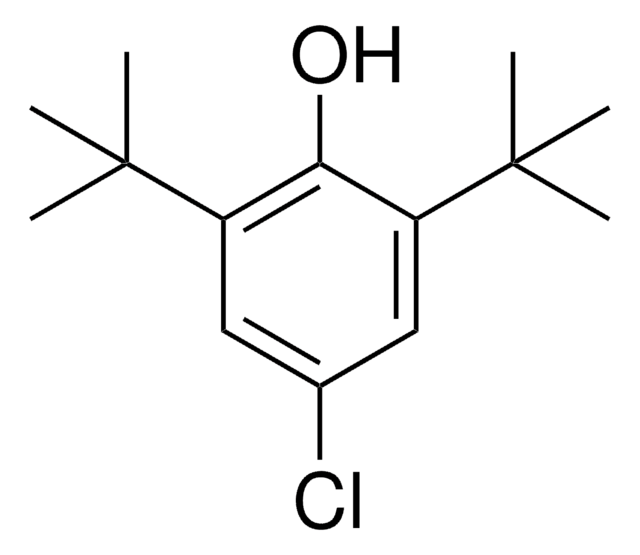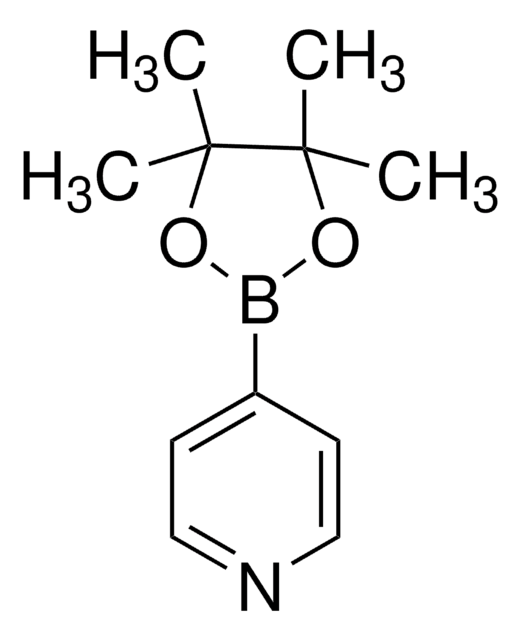394378
4-Bromo-2,6-di-tert-butylphenol
98%
Synonym(s):
2,6-Di-tert-butyl-4-bromophenol, 4-Bromo-2,6-bis(1,1-dimethylethyl)phenol, 4-Hydroxy-3,5-di(tert-butyl)bromobenzene
About This Item
Recommended Products
Assay
98%
form
solid
mp
78-83 °C (dec.) (lit.)
SMILES string
CC(C)(C)c1cc(Br)cc(c1O)C(C)(C)C
InChI
1S/C14H21BrO/c1-13(2,3)10-7-9(15)8-11(12(10)16)14(4,5)6/h7-8,16H,1-6H3
InChI key
SSQQUEKFNSJLKX-UHFFFAOYSA-N
Looking for similar products? Visit Product Comparison Guide
General description
Application
- As a terminating comonomer phenol in the phase transfer catalyzed (PTC) polymerization of 4-bromo-2,6-dimethylphenol.
- Synthesis of 1,1-[1,10-decanediylbis(oxy)]bis[(2,6-ditertbutyl-4-bromo)benzene], a monomer, which forms poly(p-phenylenevinylene) derivatives by reaction with 1,10-dibromodecane.
- As a reactant in the synthesis of 2,6-di-tert-butyl-phenolnorbornene (NArOH), a norbornene comonomer bearing an antioxidant hindered phenol.
- As a catalyst with methyl aluminium to form methylaluminum bis(4-bromo-2,6-di-tert-butylphenoxide) (MABR) which may be utilized for the transformation of various epoxides to carbonyl compounds.
Signal Word
Warning
Hazard Statements
Precautionary Statements
Hazard Classifications
Eye Irrit. 2 - Skin Irrit. 2 - STOT SE 3
Target Organs
Respiratory system
Storage Class Code
11 - Combustible Solids
WGK
WGK 3
Flash Point(F)
Not applicable
Flash Point(C)
Not applicable
Personal Protective Equipment
Certificates of Analysis (COA)
Search for Certificates of Analysis (COA) by entering the products Lot/Batch Number. Lot and Batch Numbers can be found on a product’s label following the words ‘Lot’ or ‘Batch’.
Already Own This Product?
Find documentation for the products that you have recently purchased in the Document Library.
Customers Also Viewed
Our team of scientists has experience in all areas of research including Life Science, Material Science, Chemical Synthesis, Chromatography, Analytical and many others.
Contact Technical Service













